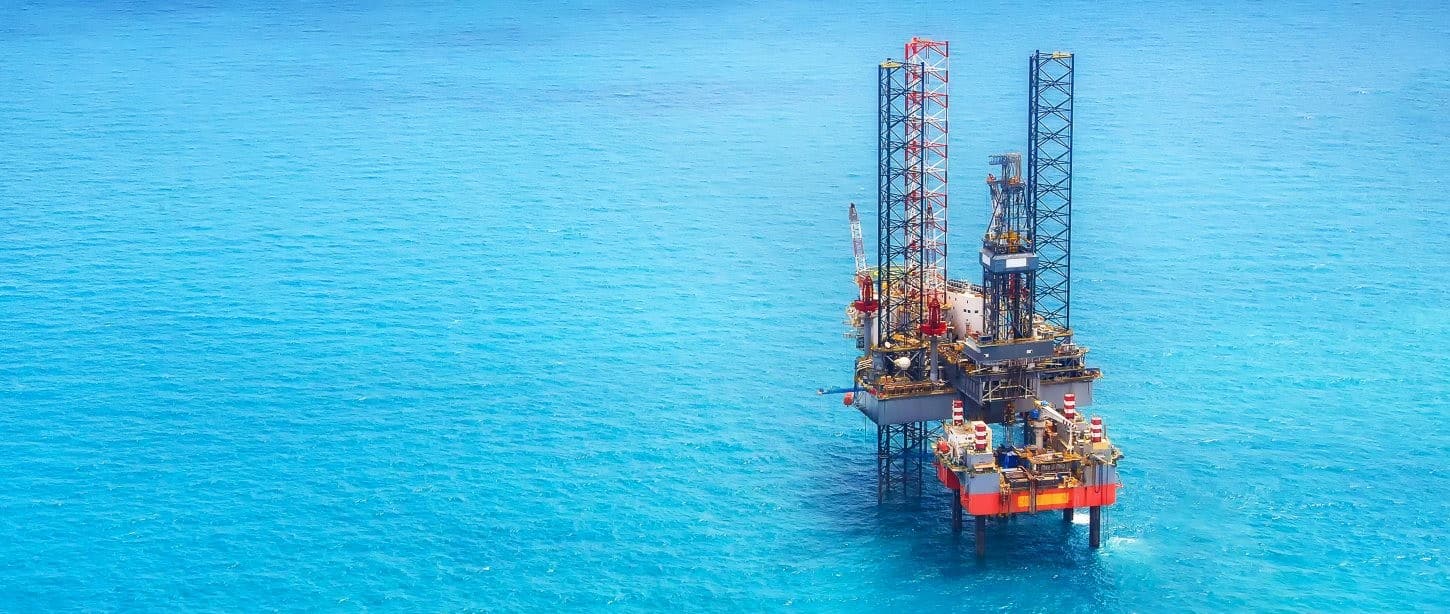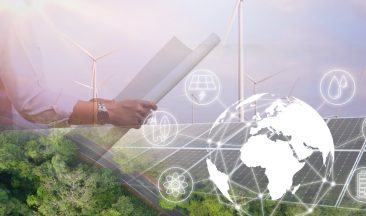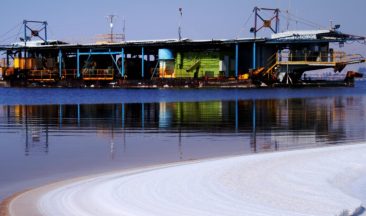This is how one company decided to take the bull by the horns with a series of moves to improve energy consumption and reduce environmental damage.
How do you combine clean air, technological innovation and hundreds of millions of dollars — and turn a vision into reality? The hot issue of energetic streamlining and use of alternative energies has been occupying the best minds around the world for a long time.
Experts warn that the temperature on earth is expected to rise by 3.5º Celsius by 2100, which would have enormous consequences that could cause significant damage to our quality of life and natural systems. More and more companies today are actively taking a long-term view and positioning themselves at the forefront of the research and efforts to try to reverse these dire predictions.
In Europe, for instance, the market for energy from wind turbines is developing, and use of coal and oil is decreasing as a result of the various governments’ policies and directives. EU forecasts predict that by 2030, about one third of the continent’s energy consumption will be produced by wind turbines.

Winds of hope — albeit not produced by wind turbines — are blowing in Israel too. Companies’ operational and commercial considerations often include green ideology and long-term thinking. At ICL, for example, 15 years ago, when natural gas entered the Israeli market, it was clear that as a large, leading industrial company, it had to lead also in preserving the environment by converting to green energy. “We decided to switch to using natural gas for ecological reasons without ignoring the potential for possible saving,” said ICL’s Energy Vice-President, Yonatan Shtibel. “Until then, the company was using mainly fossil fuel (mazut), which is considered a pollutant. The company decided to commit to the undertaking and initiated a multi-system project to convert all ICL production sites and facilities in Israel to natural gas consumption.”
You may be interested in:
In 2000, the gas industry was taking its first steps, without proper regulation or delivery infrastructure; so, at the time, the project was considered complex and ambitious. But ICL insisted on the pipelines reaching all its sites in the south including the Dead Sea site, which is the leading consumer of natural gas. At the same time, the company proceeded to convert facilities and to introduce statutory regulation of the subject, as well as signing supply contacts with Israeli gas suppliers. The total investment in the conversion-to-natural-gas project was about 100 million dollars.
“Happily, we were able to reach our goals, and about ten years ago, Israeli gas started flowing to the ICL Dead Sea sites,” said Shtibel, “and then the other industrial sites throughout Israel were connected. A year ago, we connected the ICL fertilizer plant in Haifa Bay, thus finalizing the deployment of ICL’s connection to natural gas.”
Gas, steam, sun
Delivering gas to the Dead Sea was not a trivial matter. In fact, it enabled the establishment of a large power plant that produces 230 megawatts and replaced a plant that was based on pollutant mazut. The new plant is “green,” produces low emissions, provides all the electricity needs of the Dead Sea site, and should supply cheaper electricity to additional plants in the Negev. The plant also supplies all the steam needs for the site, which increases the plant’s efficiency. The energy it produces facilitates the use of “green” electricity at most production sites.
The effect was almost tangible. A drastic reduction in the emissions of pollutant materials was noted as a direct result of the switch — the project noticeably improved the registered emissions of all ICL production sites in Israel. “This is an important revolution in the green energy program in Israel,” said Shtibel.
The revolution did not end with the switch to natural gas. That was just the start. Recently, ICL decided to step up the process and switch to renewable energy at ICL facilities in Israel and abroad. ICL’s capacity to use solar technology in its production sites throughout the world has prompted the company to move ahead with implementation of renewable energy technologies and green energy.
“The potential in Israel is estimated at 20 to 30 megawatts, which is 10–15% of ICL’s total consumption in Israel,” added Shtibel. “Periclase Company in the south was chosen to serve as a pilot for this issue, and we are about to install photovoltaic (electricity generated by solar energy) production facilities of about six megawatts, and parking areas that include shading by means of photovoltaic resources.”
A photovoltaic technology system, combined with an advanced self-production storage system, was also installed in the company’s laboratories in the south, especially equipped to store large quantities of energy.
“With completion of the project at Periclase, we can say that ICL is the largest industrial company in Israel that uses renewable energy,” said Shtibel. “The company will expand its solar installations to additional facilities and will examine the use of innovative technologies such as electricity storage, through use of these systems on the operational pools of the Dead Sea plant. Further ahead, we will examine similar uses at the company’s facilities abroad.”
Global saving program
Real change cannot be local: Forming a global saving program, which methodically examines the main energy use processes and equipment in the company to make them more efficient, was only a matter of time. Since its operation in 2013, the program has generated savings of about 70 million dollars. “Dozens of employees — who are defined as energy leaders on top of their formal jobs, and work with dedicated professional teams at all the sites — are responsible for this amazing result,” described Shtibel. “The program examines innovative energy saving technologies in all areas.”
Over a decade after the energy revolution in the company started, it can be said that ideology and practice have joined hands to create harmonious interaction with the environment — and this is probably just the beginning.







